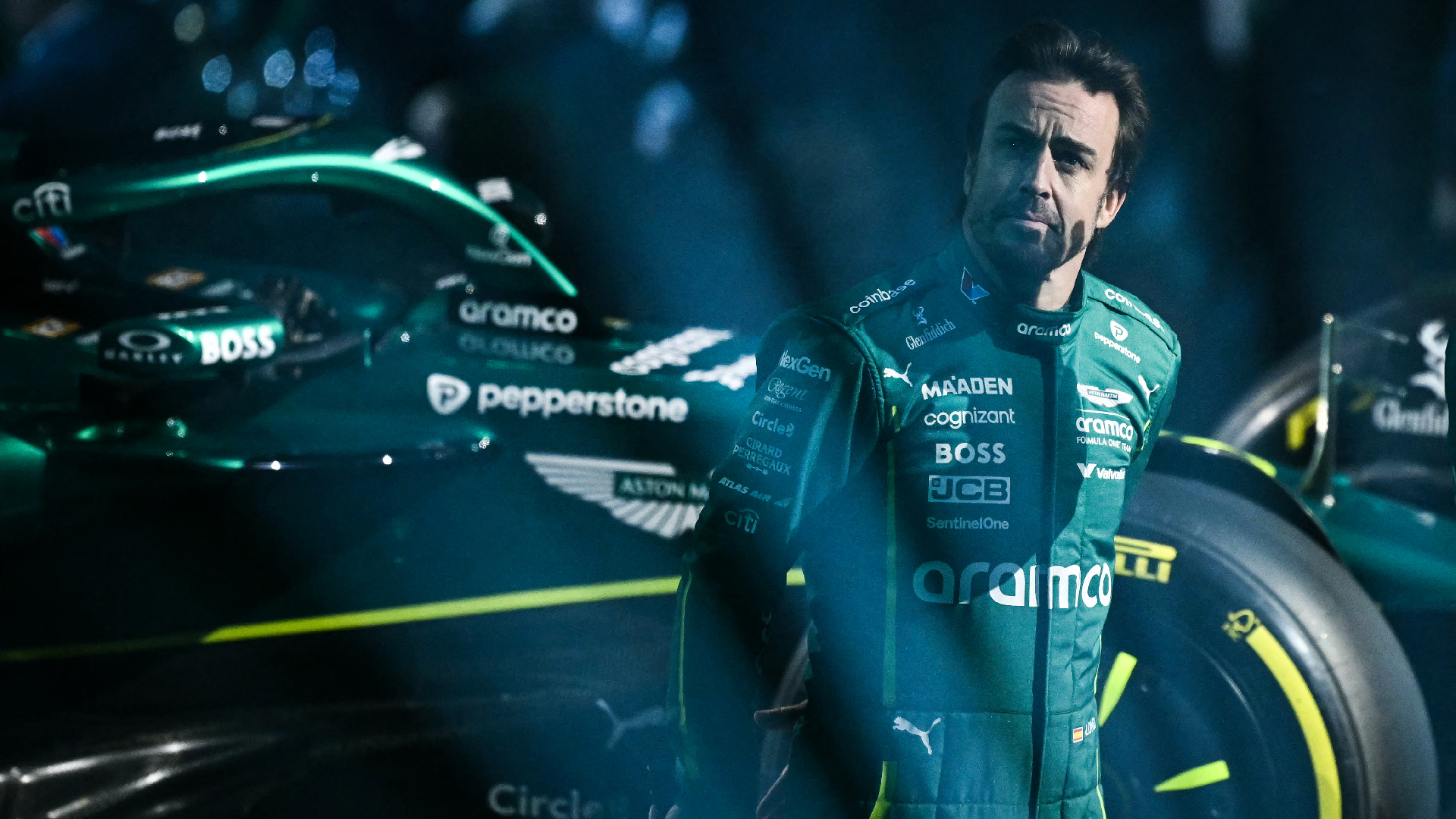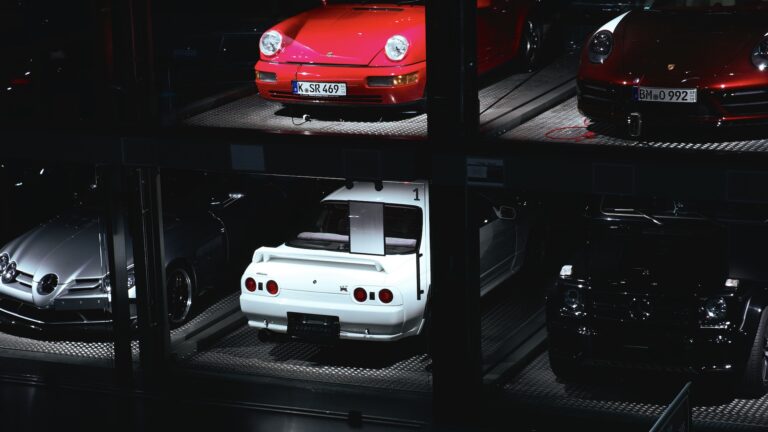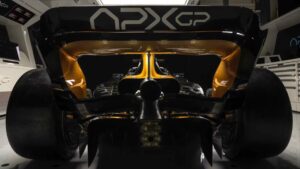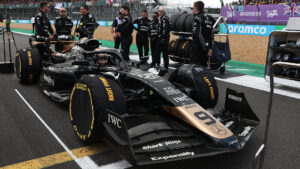- Lawrence Stroll’s investment in Aston Martin F1 has proven to be a major winner as the team achieves a US$3.2 billion valuation.
- Through sheer will and ruthless business savvy, the Canadian billionaire has transformed the once embattled Racing Point into a shiny prize ripe for acquisition.
- This latest development signals a broader trend in the US appetite for elite motorsport.
The sale of Aston Martin Lagonda Global Holdings Plc’s minority stake in its Formula 1 team has shed light on some eyebrow-raising figures.
Within a binding letter of intent, according to Bloomberg, this aforementioned stake has been priced at £110 million (US$146 million/AU$226 million), effectively placing the entire race outfit at a £2.4 billion (US$3.2 billion/$AU4.9 billion) valuation. The identity of the buyer, however, has yet to be revealed.
RELATED: The Fictional APXGP Team Generated $40 Million Worth Of Real Sponsorship
Suffice it to say, the years have certainly been kind to Aston Martin F1, which is currently just 8th in the 2025 Constructors’ Standings with two-time world champion Fernando Alonso and Lance Stroll piloting the green machines.
Last year, a deal with both HPS Investment Partners and Accel Partners gave the team a £1.8 billion (US$2.4 billion/AU$3.7 billion) enterprise value. A little before that, in 2023, selling another slice of the pie to Arctos Partners yielded a £1 billion (US$1.3 billion/AU$2 billion) on-paper valuation.
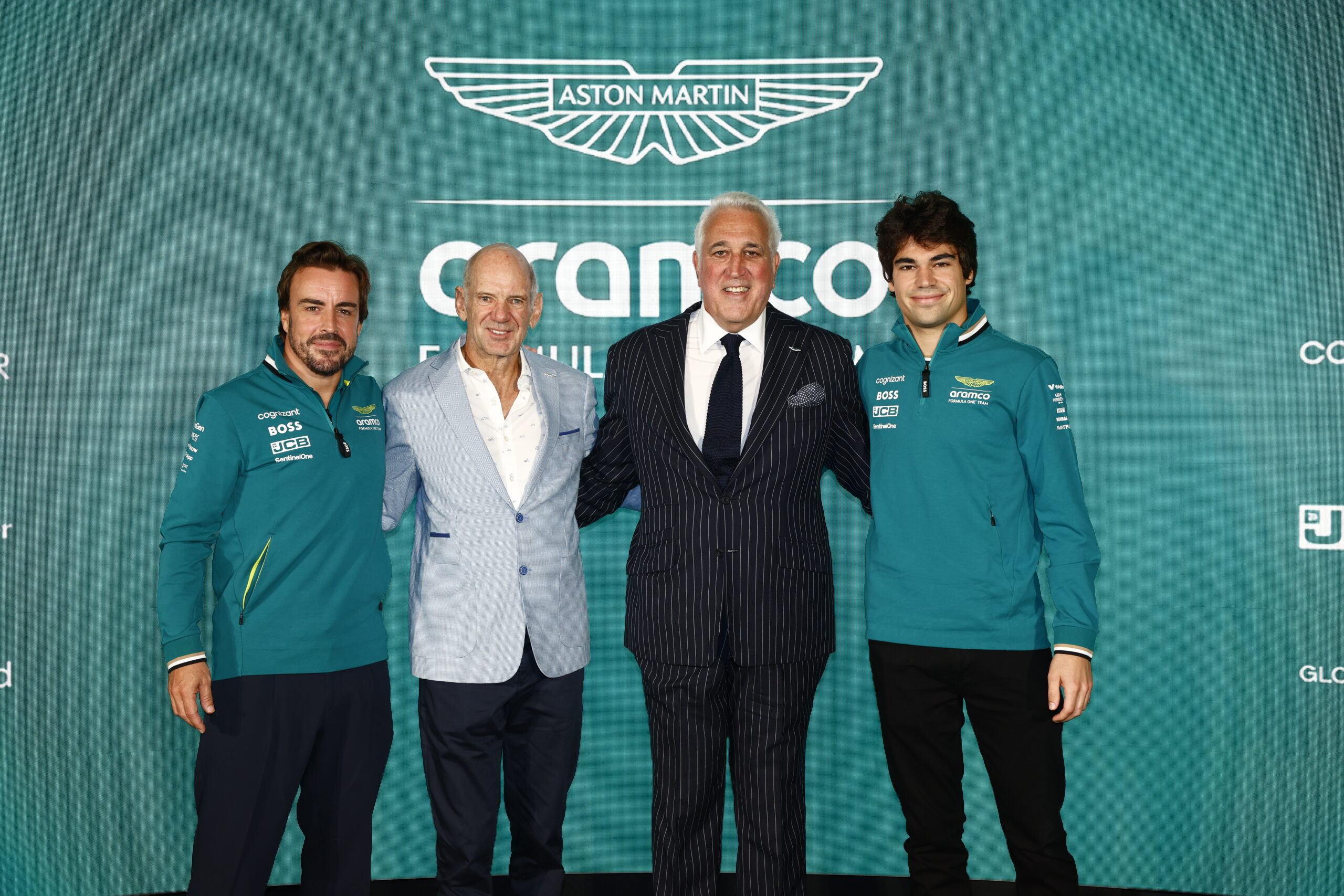
But the number we’re most interested in is the amount that Aston Martin chairman and team owner, Lawrence Stroll, bought in for circa 2018. Then known as the historically embattled Racing Point, the Canadian billionaire acquired the whole enchilada for US$117 million (AU$182 million).
Considering the current valuation, that’s over 28X on the initial investment.
Though god only knows the additional capital Stroll likely had to pony up to turn the operation around. Keeping your own son on the payroll as a full-time driver and poaching the GOAT F1 engineer, Adrien Newey, from Red Bull Racing doesn’t come cheap, of course.
Much like every financial dimension of the elite motorsport these days, Aston Martin F1’s bumper price tag is symptomatic of the growing demand to buy in, particularly from US investors post-Netflix’s Drive To Survive.
The ripple effects of the streaming giant’s hit docuseries have even gone so far as to rewrite the economics behind hosting a grand prix.
Once upon a time, staging a racing weekend posed an economic risk with no guarantee of a tangible (or beneficial) return: in its final year of operation, the 2013 Indian Grand Prix tallied losses of US$24 million (AU$37 million); while the 2012 Korean Grand Prix found itself US$37 million (AU$57 million) in the red an entire year prior to bowing out.
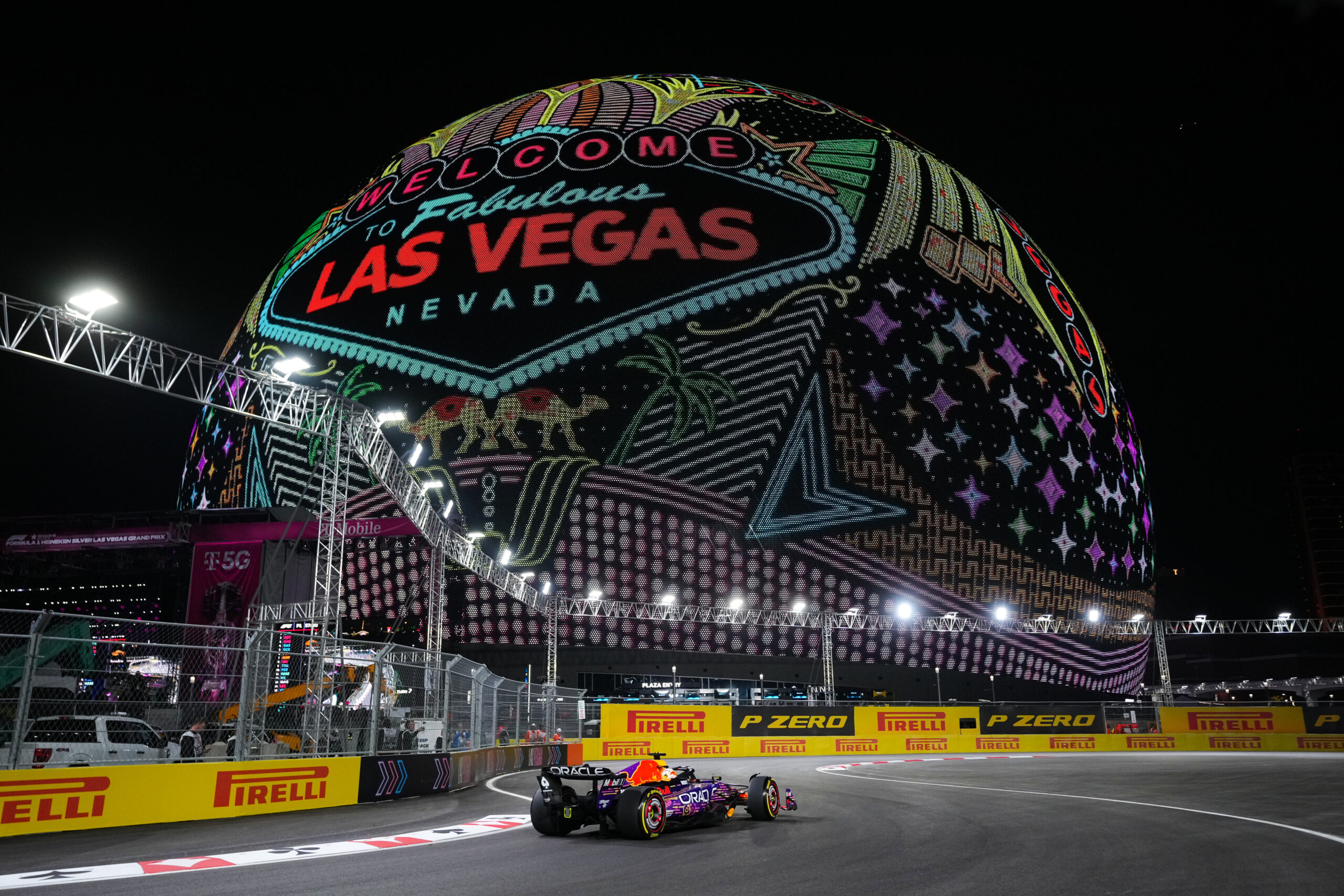
RELATED: Lance Stroll On F1’s Future & The New Aston Martin Vantage [INTERVIEW]
In 2023, the total economic impact of the Las Vegas Grand Prix was US$1.5 billion (AU$2.3 billion) compared to Super Bowl LVIII’s US$1 billion (AU$1.6 billion), making it the most significant sporting event in Sin City’s entire history.
Small wonder that everyone from Cadillac to Apple Studios is so eager to get involved.
